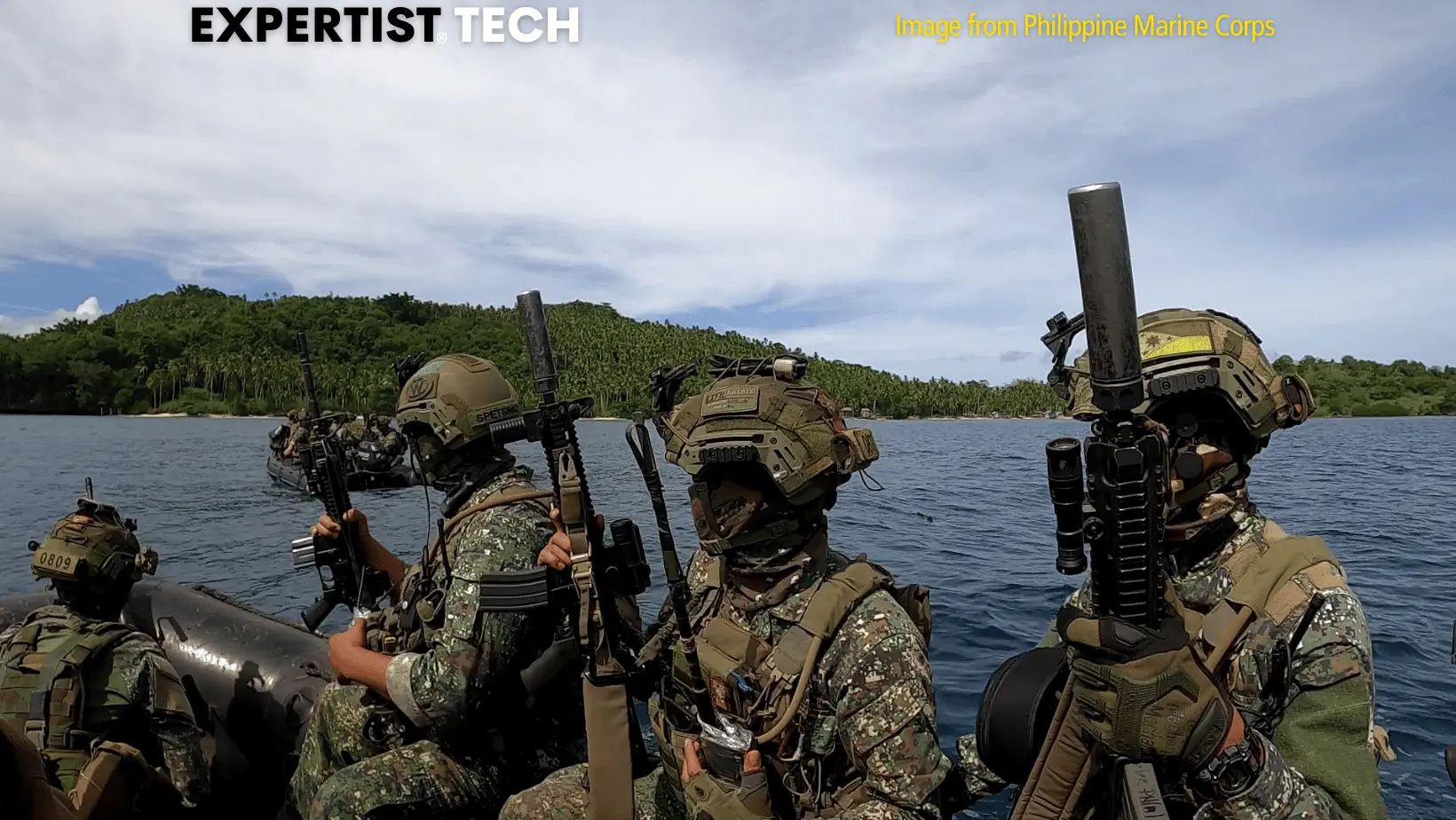
How to Apply for AFP Non-Uniformed Personnel in 2025
Applying as AFP Non-Uniformed Personnel lets civilians take on support roles without active military duties. Here’s a simple guide for applications.

Applying as AFP Non-Uniformed Personnel lets civilians take on support roles without active military duties. Here’s a simple guide for applications.

The Marine Special Operations Group (MARSOG) is an elite unit in the Philippine Marine Corps. Here’s a clear guide on how to join MARSOG.

The Philippine Navy calls on aspiring sailors and leaders to be part of its 2025 recruitment nationwide. Learn more!

The Naval Special Operations Command (NAVSOCOM) is an elite unit of the Philippine Navy. Interested in joining? Here’s what you need to know!
Copyright © 2025 | WordPress Theme by MH Themes